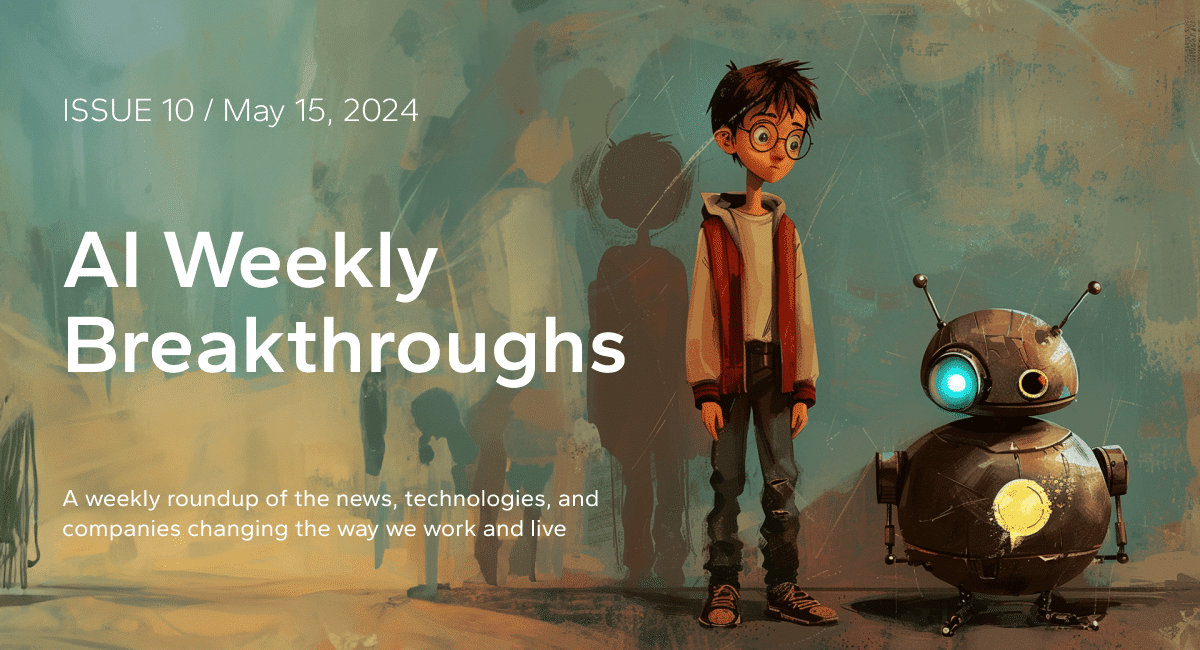Welcome to AI Weekly Breakthroughs, a roundup of the news, technologies, and companies changing the way we work and live.
Harry Potter in One Context Window? Gradient.AI Makes It Possible

In a feat that would leave even Hermione Granger spellbound, Gradient.AI has unveiled an early version of their Llama-3 8B model with a staggering 4M context window – the longest for any open-source offering to date. This development means the entire Harry Potter book series, spanning over 1 million words, could theoretically fit within a single context window.
From 4,000 tokens just years ago to 4 million today, context windows have grown exponentially, opening up new possibilities for large language models. However, while Gradient.AI’s new model is impressive, its true capabilities remain to be seen. Simply having a large context window doesn’t guarantee flawless comprehension or content generation.
Better, Faster, and Cheaper: OpenAI Launches GPT-4o Multimodal Model
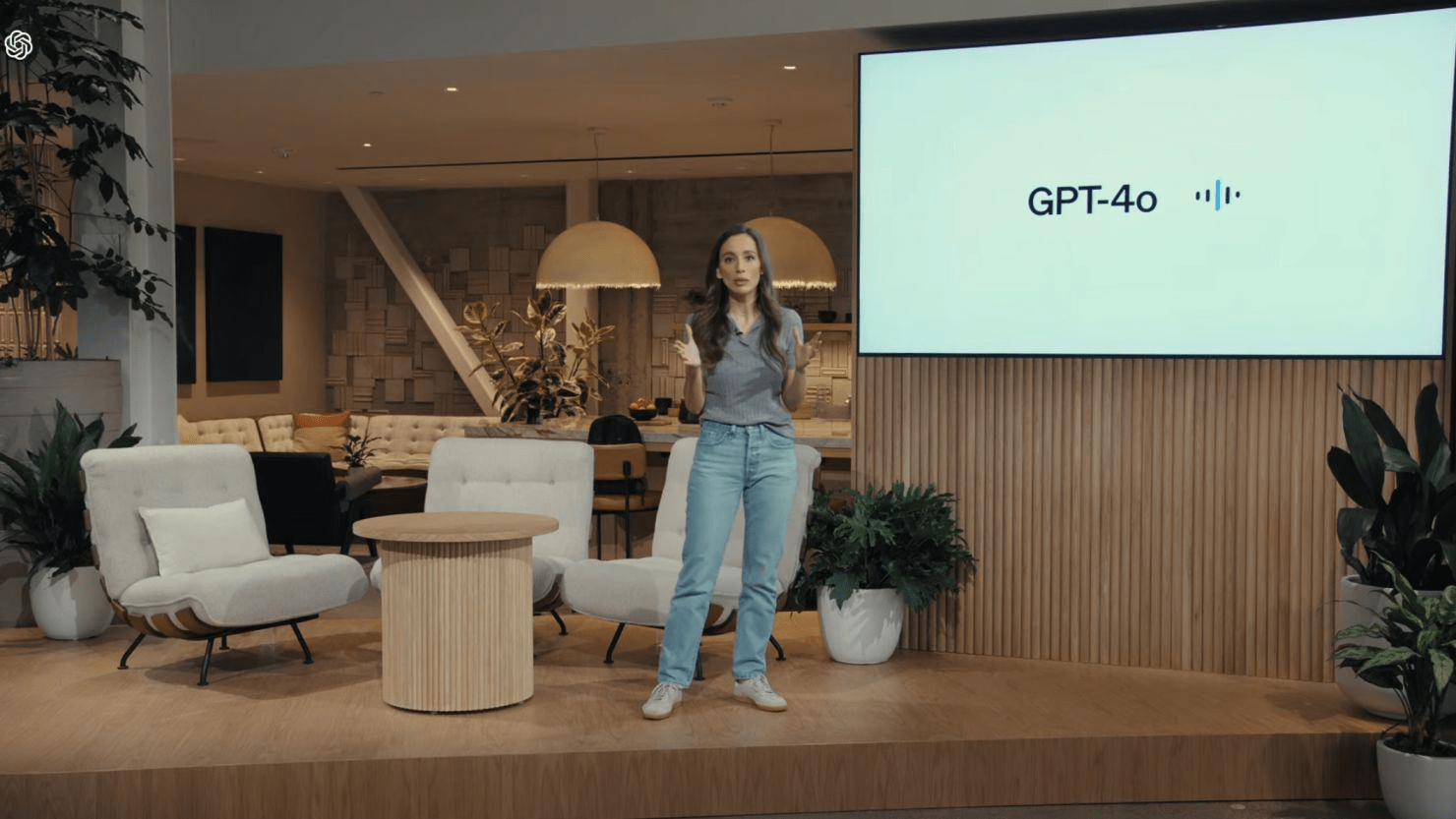
OpenAI has introduced GPT-4o, a new multimodal AI model designed to facilitate more natural and conversational interactions better, faster, and cheaper than previous OpenAI models. This flagship offering aims to bridge the gap between text, image, and audio inputs, allowing users to engage with the AI system across multiple modalities in a single platform. While GPT-4o matches the text capabilities of the powerful GPT-4 Turbo model, it boasts a 50% lower operational cost and is twice as fast as GPT-4 Turbo, making conversations with GPT-4o feel more human-like. OpenAI is integrating GPT-4o into the popular ChatGPT interface, making this advanced AI technology available to a wider audience. This decision contrasts with the exclusivity of GPT-4 Turbo, which was previously limited to a select group of users.
While the promise of more natural AI interactions is enticing, it remains to be seen how well GPT-4o will perform in real-world scenarios. But one thing we know for certain is that when GPT-5 is released later this year, it will definitely have human-like processing speed, as shown in this “Omni” release.
Google’s AlphaFold 3 Maps the 3D World of Biomolecules
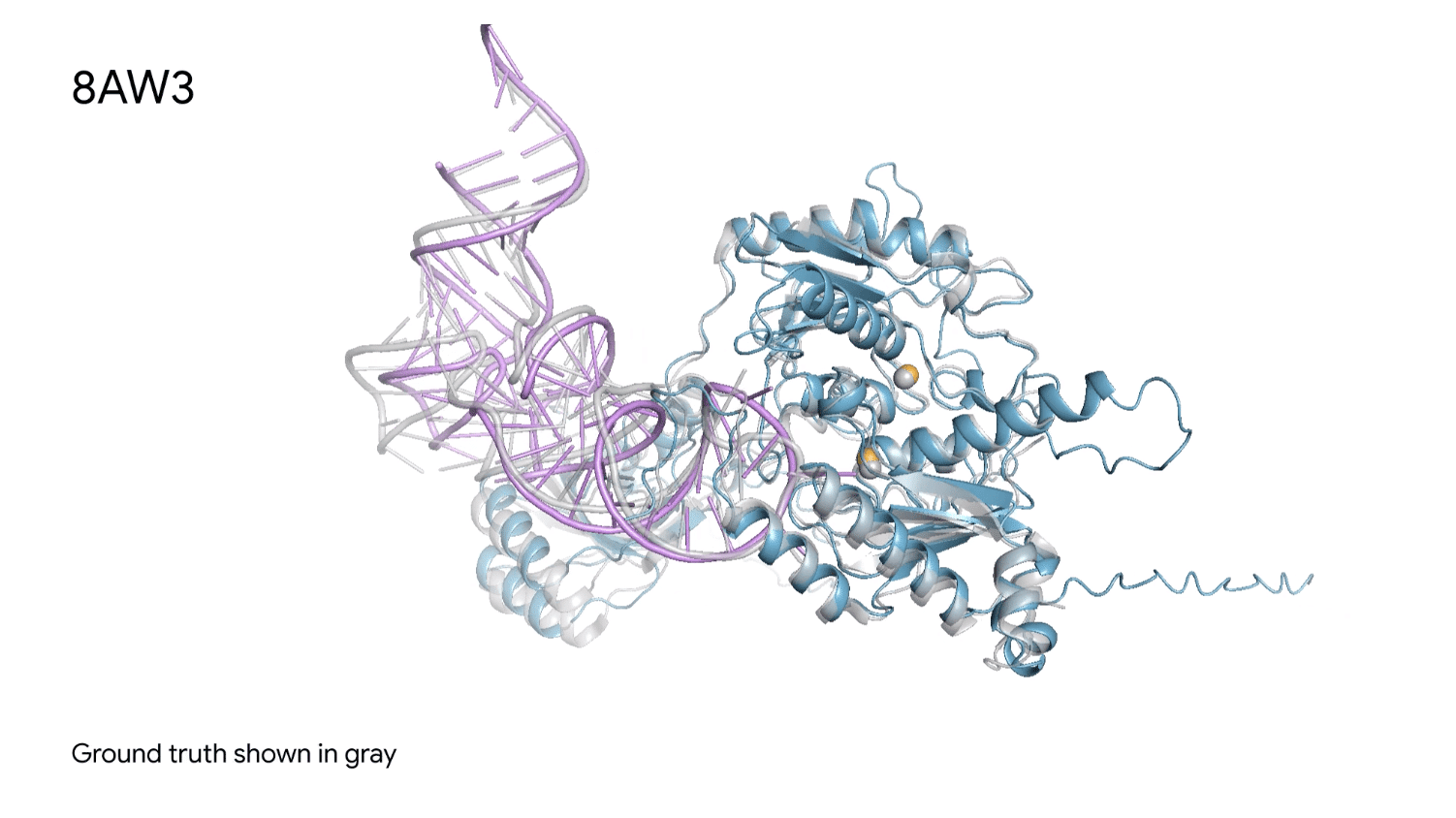
Google has unveiled AlphaFold 3, the latest version of its AI model that can predict the structure and interactions of proteins, DNA, RNA and other biomolecules with unprecedented accuracy. AlphaFold 3 is a groundbreaking AI model that can generate the joint 3D structure of an input list of molecules, including large biomolecules like proteins, DNA, and RNA, as well as small drug-like molecules and ligands.
In a move to democratize access, Google has launched the free AlphaFold Server for non-commercial use. This allows researchers worldwide to leverage AlphaFold 3’s predictive power, accelerating workflows and discoveries across fields like malaria vaccines, cancer treatments, enzyme design and resilient crops. Google’s Isomorphic Labs is also collaborating with pharmaceutical companies to apply AlphaFold 3 to real-world drug design challenges.
Google engaged over 50 experts to assess potential risks and ensure AlphaFold 3’s responsible deployment.
Robot Trained to Balance on Yoga Ball with Simulated Learning
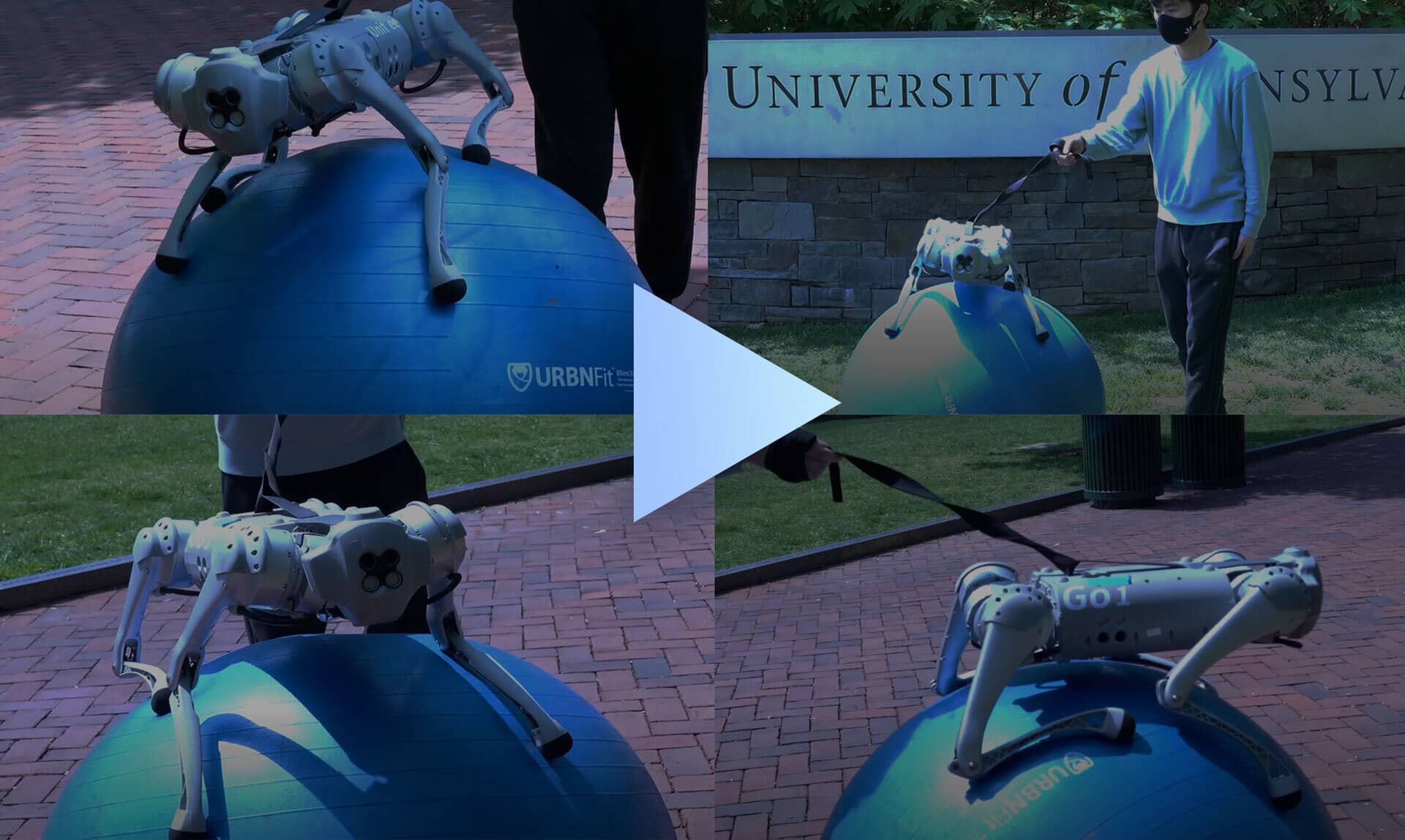
In a groundbreaking study, researchers have used LLMs to streamline robot training by linking simulated environments with real-world performance. The robot, DrEureka, was trained in a simulated setting where it learned tasks through reward functions that reinforce positive behaviors. DrEureka demonstrated its capabilities by balancing on a yoga ball while moving across grass and sidewalks. These tasks were successfully transferred from simulation to real-world conditions – watch a video of DrEureka balancing on a yoga ball!
Soon Everyone Will Have an AI Assistant
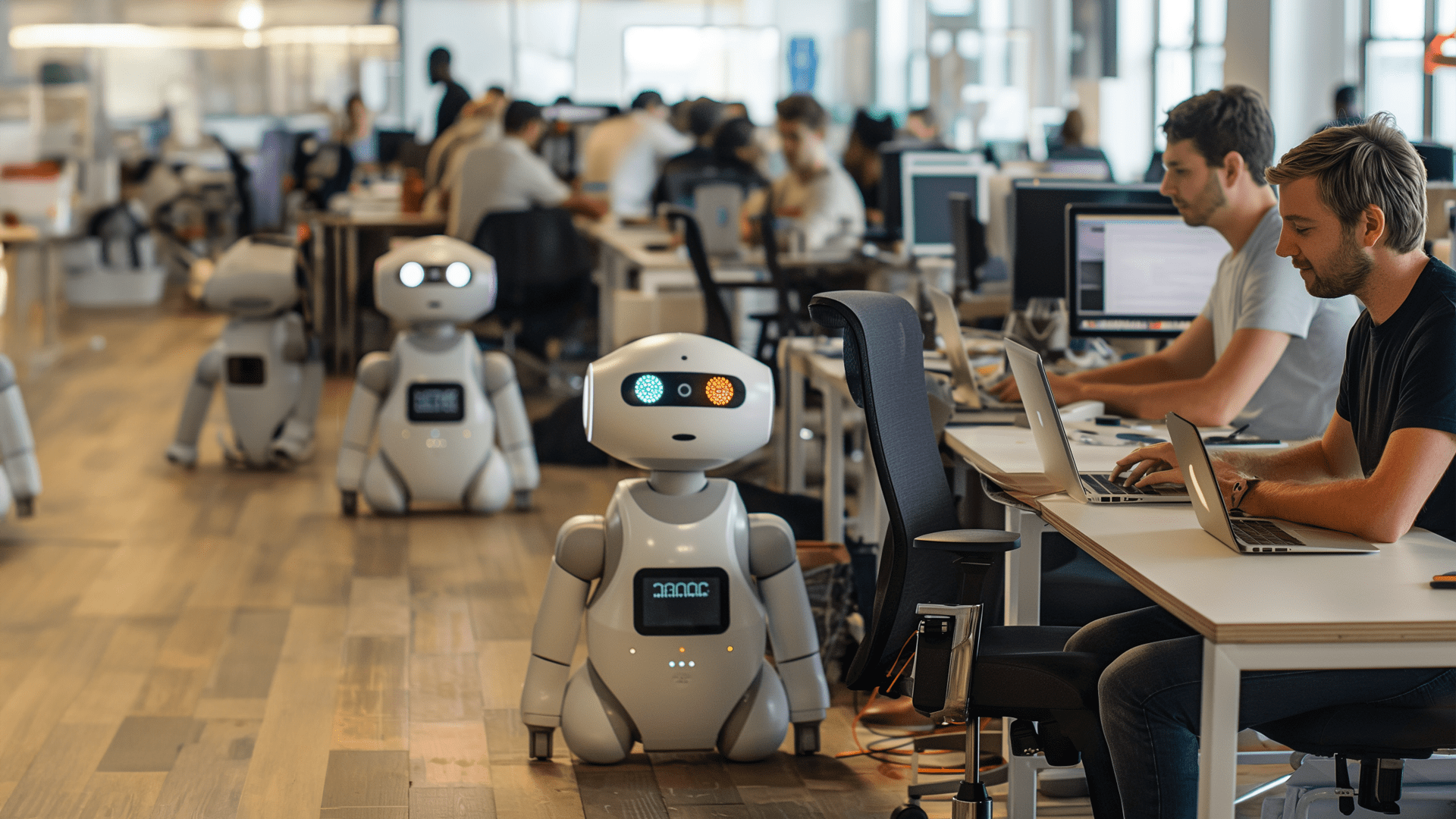
AI agents are set to revolutionize the automation landscape, according to a new article from Insight Partners. Their prediction: everyone will soon have an AI assistant, transforming workflows by automating complex tasks previously out of reach for traditional robotic process automation (RPA). Current RPA solutions have limitations when dealing with complex processes, but AI agents bring unprecedented capabilities to the table. By adopting a phased approach—starting with simple tasks and gradually moving to more complex ones—businesses can fully harness the power of AI.
However, achieving this transformation relies heavily on high-quality data, with agent performance being “directly correlated with the quality” of the datasets used to train these models. Clean, focused data sets are essential for these AI agents to operate effectively. This underscores the need for businesses to invest in data governance and ensure their data is accurate, comprehensive, and well-organized to maximize the effectiveness of AI-driven automation.
Augment Yourself 🤖
- How will autonomous AI agents contribute to the evolution of AI?
- Discover how GenAI is a new opportunity to optimize healthcare.
- Are larger context window sizes RAG killers?
- Learn how to fix RAG content at the source to avoid compromised AI results.
- Read this straightforward guide to pick the best Conversational AI platform.
🔥 For more AI News brought to you via email subscribe to our newsletter here.
👀 Want to know more about Shelf’s suite of AI solutions? Check out our website here.
